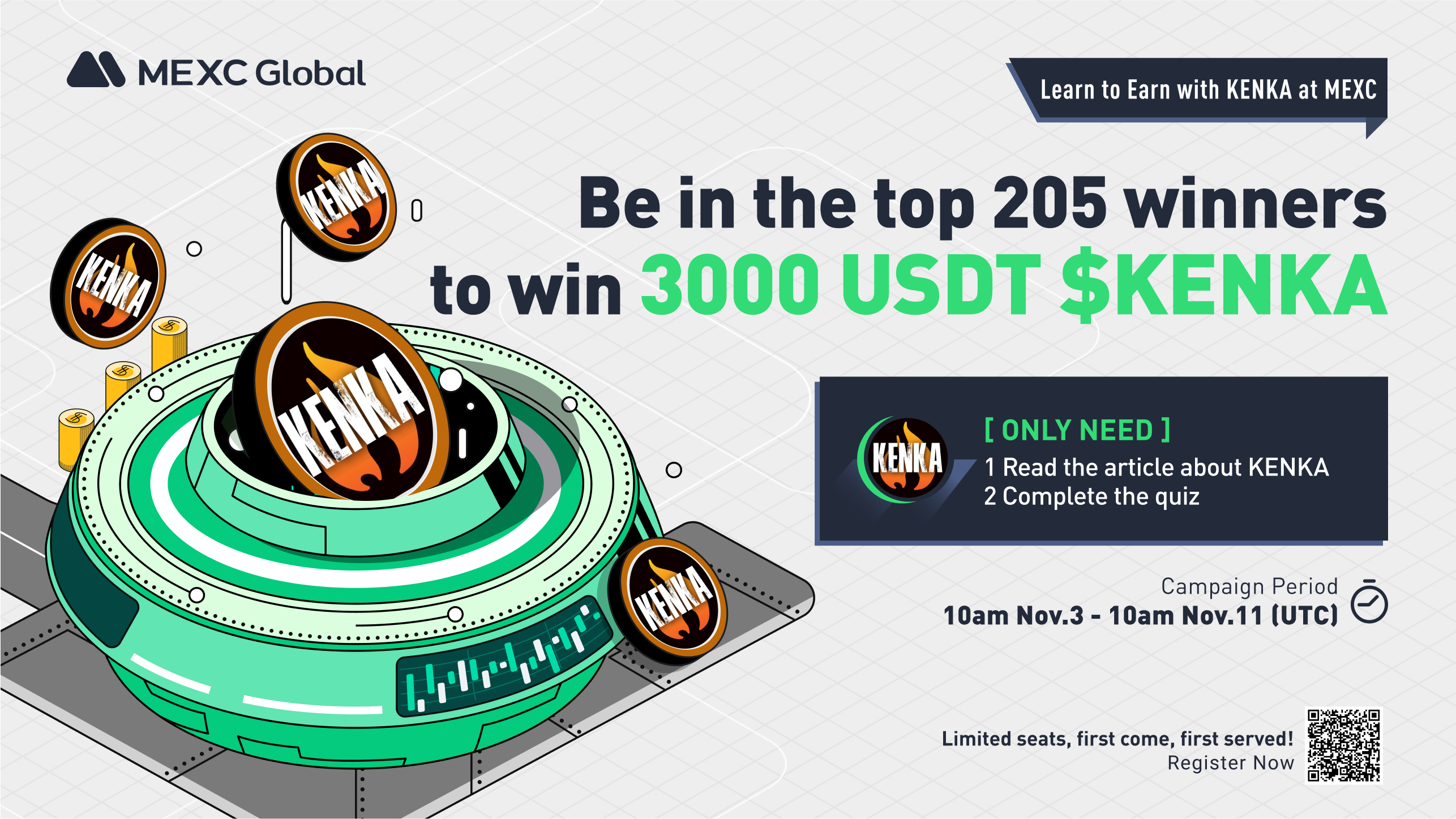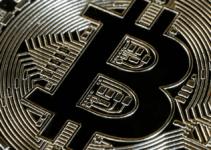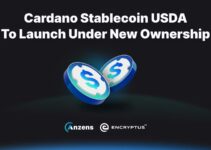Quant Crypto (QNT/USDT – Trade it Here) is the native token of the Quant Network that launched shortly after the network. It provides digital access to a particular application or service. QNT tokens are then given access fees based on a fixed fiat currency amount.
Quant network’s overledger functionality has opened Bitcoin, Ethereum and Ripple ledgers to its application. The Quant network’s protocol comes closest to solving interoperability issues in the blockchain industry. In this article, we will discuss everything you need to know about Quant Network plus a guide on how to buy QNT tokens.

Who created Quant Network (QNT)?
In 2015, Gilbert Veridian created Quant Network and its’ native cryptocurrency, Quant token. Verdian identified the inefficiency of information exchange at a global scale when he was working for the UK and, later, Australian governments. He discovered how useful distributed ledger technologies (DLT) could be in solving the problems he was facing and it led to the birth of Quant Network’s protocol.
Key Features of Quant Network (QNT)
As an Ethereum-based platform, Quant leverages the security and interoperability of the Ethereum ecosystem. Unlike the Bitcoin blockchain, which focuses on providing people a way to transfer value, Ethereum has a wider range of use cases. DEXs, DeFi and blockchain games are just some functions you can enjoy via Quant, which operates using a modular architecture that’s alienated from different ledgers at the application layer. It works above these networks, using vertical scalability and future-proof systems. Here are some of the key features:
Overledger Network
The function of the Quant Overledger Network is to secure the transfer of information and data on Quant. It uses another protocol — the Overledger DLT — to fulfill this task. When a user is connected to the protocol, data can be exchanged with any two blockchains within the system.
Overledger DLT Gateway
The Overledger DLT Gateway is specifically made for a large clientele. Its main role is to assist the system with interoperability between its distributed ledger system and networks. What can be transferred smoothly using the DLT? The answer is data, non-fungible tokens, smart contracts, fungible tokens, and even IDs. One defining attribute of Quant’s Overledger DLT Gateway is that a smart contract can be written in any programming language, from Hyperledger Fabric to Ethereum.
Quant (QNT) mDApps
mDApps are another unique feature found on the Quant protocol. Decentralized applications (DApps) are blockchain-based, and mDApps allow different DApps to work on as many blockchains as possible. With mDApps, developers enjoy the advantage of each blockchain without having to necessarily deal with its restrictions. A developer can enjoy the consensus from one chain, and acquire data from another.
How does Quant Network (QNT) work?
The Quant Network’s protocol was designed to remove barriers commonly encountered on blockchains in communication, interoperability and scaling. To achieve this, layers are matched to tasks for which they’re best suited.
Transaction Layer On this layer, storage of transactions is paramount. Both varied and isolated ledgers are used to place related operations in one layer and verify them across the blockchain. Once a transaction has been validated, it cannot be invalidated under any circumstance. Everything needed for consensus across blockchains occurs on this layer.
Messaging Layer This layer deals with information and data transfer. There are three types of data that can be processed: smart contract data, metadata and transaction data. Metadata is used to interpret messages and translate them into different languages for different blockchains to understand.
Filtering and Ordering Layer This layer also handles messages. Unlike the messaging layer, however, it involves filtering searches into specific results. Every message on the digital ledger system is placed on a first come, first served basis, and is kept neatly in a database. When validation of an off-chain message is required, the filtering and ordering layer is responsible for validation, since it’s the only layer with the history of messages transferred throughout the protocol. Thus, developers can set specific tasks, e.g., allowing an application to transfer tokens to a particular network once they’re deposited on the DApp.
Tokenomics with recent price & performance of Quant Token (QNT)
There are 12,072,738 QNT tokens in current circulating supply. QNT reached the highest price (ATH) of 384.98 USDT on September 12, 2021. The lowest price since the date of ATH was 44.36 USDT on June 15, 2022. The 30 days performance sees the highest price at 163.43 USDT on October 9, 2022 and lowest at 149.9 USDT on October 10, 2022. At the time of writing, its current performance is 115.2 USDT with a market cap of $1,874,172,645 and fully diluted market cap of $2,268,444,379.
How to buy Quant Token (QNT)?
You can buy Quant Token (QNT) on MEXC by the following the steps:
- Log in to your MEXC account and click [Trade]. Click on [Spot].
- Search “QNT” using the search bar to see the available trading pairs. Take QNT/USDT as an example.
- Scroll down and go to the [Spot] box. Enter the amount of QNT you want to buy. You can choose from opening a Limit order, a Market order or a Stop-limit order. Take Market order as an example. Click [Buy QNT] to confirm your order. You will find the purchased QNT in your Spot Wallet.
Want to stay tuned in crypto market?
Check out our listings in the Innovation and Assessment zones as well as the major tokens in the Main Zone – we have more amazing projects to come! What’s more, MEXC lists moonshot and offers access to trade major cryptocurrencies. Visit the Hot Projects section as well to uncover more featured popular tokens. Lastly, feel free to visit MEXC Academy to learn more about cryptocurrency in general.
Join MEXC and Get up to $10,000 Bonus!
Sign Up


